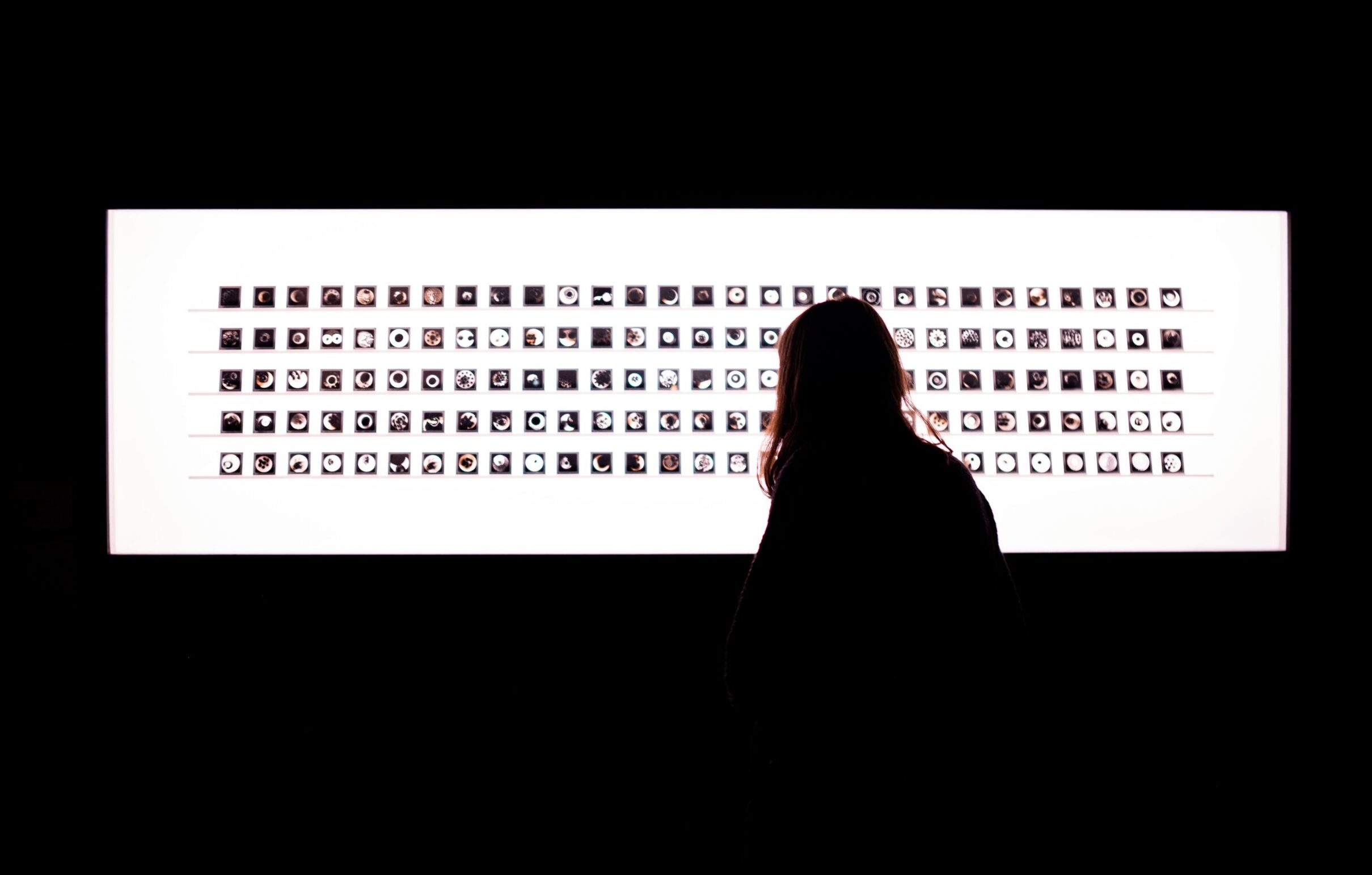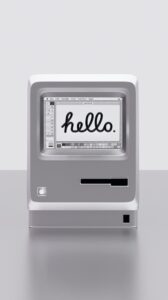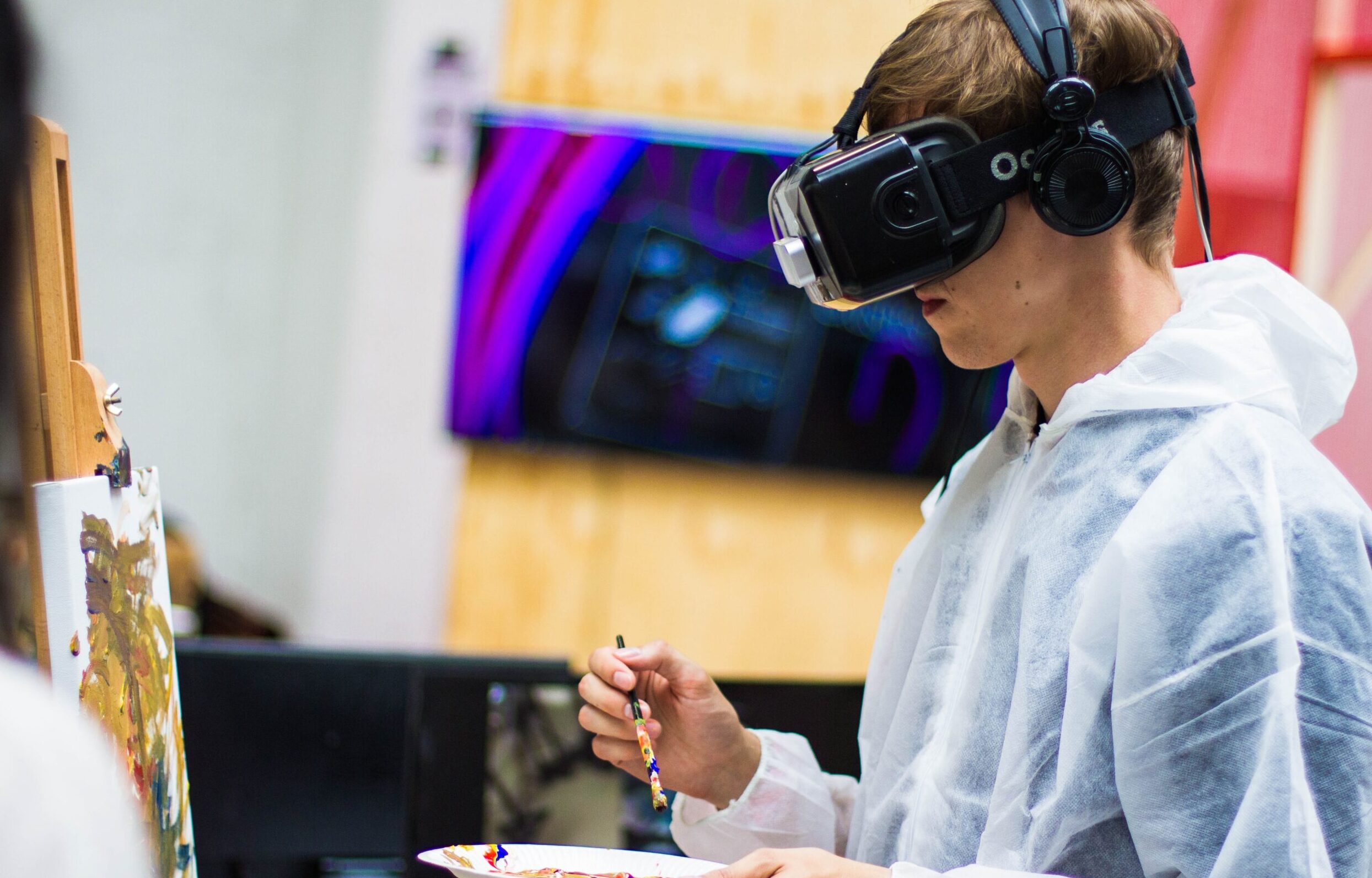In this digital era, our perception of art has been revolutionized by the unstoppable force of technological advancements. From awe-inspiring virtual reality experiences to mind-boggling augmented reality installations, technology is reshaping the way we create and consume art like never before. Join me on this exhilarating journey as we explore how technology is transforming the art world and what lies ahead for the future of artistic expression. Buckle up, because it’s going to be a thrilling ride!
Technology’s Influence on Art
Art and technology, two seemingly distinct realms, have intertwined in a dance of endless possibilities. Technology’s influence on art has shattered traditional boundaries and unleashed a wave of innovation that knows no limits.
One aspect of technology’s impact on art is the democratization of creativity. With the rise of digital tools and platforms, artists from all walks of life can now express their unique visions with ease. No longer confined to exclusive galleries or elite circles, art has become accessible to anyone with an internet connection.
Moreover, technology has opened up new avenues for artistic exploration. Artists are harnessing the power of virtual reality and augmented reality to transport audiences into otherworldly realms where imagination reigns supreme. From immersive VR exhibitions that blur the lines between reality and fantasy to interactive installations that invite viewers to actively engage with the artwork, these technological marvels push artistic boundaries beyond what was previously imaginable.
The advent of digital mediums has also revolutionized traditional forms of art. Digital painting software allows artists to experiment freely without fear of making irreversible mistakes or running out of canvas space. Photography has evolved from film rolls to pixels on a screen, offering infinite editing possibilities and instant sharing capabilities.

In addition, social media platforms have become virtual galleries where artists can showcase their work globally at the click of a button. The power lies in connecting creators directly with their audience while breaking down geographical barriers that once hindered exposure and recognition.
Technology’s influence on art is far-reaching indeed! It empowers artists with limitless tools for creation while enabling audiences worldwide to experience artworks like never before. As we dive deeper into this captivating fusion between art and technology, let us explore how it has transformed the very fabric of our creative expression – paving the way for an exciting future where innovation knows no bounds!
How Technology has Changed the Art World
The advent of technology has revolutionized the art world in ways unimaginable just a few decades ago. Artists are no longer restricted to traditional mediums and techniques; instead, they have access to a vast array of digital tools and platforms that allow them to create innovative and boundary-pushing works.
One major change brought about by technology is the democratization of art. In the past, only a select few had the means or connections to showcase their work in galleries or museums. Now, with social media platforms like Instagram and online marketplaces like Etsy, artists can easily share their creations with a global audience. This newfound accessibility has opened doors for artists from diverse backgrounds and underrepresented communities.
Another significant impact of technology on the art world is the blurring of boundaries between different artistic disciplines. Digital art combines elements of traditional painting, sculpture, photography, and even coding to create immersive experiences that push conventional definitions of what constitutes “art.” Virtual reality (VR) and augmented reality (AR) technologies have further expanded these possibilities by allowing viewers to interact with artworks in new and exciting ways.
Technology has also transformed how we consume art. Museums now offer virtual tours that enable people from all over the world to experience iconic collections without leaving their homes. Additionally, advancements in digital printing have made high-quality reproductions more accessible than ever before.
The Future of Art and Technology
As we move forward into the future, it’s clear that technology will continue to have a profound impact on the way we create and consume art. The possibilities are endless, with new tools and platforms constantly emerging.

One exciting development is the rise of virtual reality (VR) and augmented reality (AR). These immersive technologies allow artists to transport their audience into entirely new worlds or enhance their viewing experience in innovative ways. Imagine walking through a digital art gallery without ever leaving your home, or stepping into a painting and interacting with its elements – this is the future made possible by VR and AR.
Another area where technology is changing the game is in collaborative art creation. With advancements in cloud-based software and real-time collaboration tools, artists can now work together seamlessly across different locations. This opens up a world of possibilities for cross-disciplinary collaborations, bringing together artists from diverse backgrounds to create truly unique works.
Artificial intelligence (AI) also holds tremendous potential for the future of art. AI algorithms can analyze vast amounts of data to generate creative outputs, such as music compositions or visual artworks. This fusion of human creativity with machine learning algorithms allows for exploration beyond what humans alone could conceive.
Additionally, blockchain technology has started making waves in the art world by providing transparency and security for digital assets. Artists can use blockchain to authenticate their work, establish provenance, track ownership changes, and even sell fractional ownership shares through tokenization.
The future holds endless opportunities for artists to experiment with new mediums using advanced technologies like 3D printing, nanotechnology, bioengineering – just imagine sculptures created at an atomic level or paintings that change color based on temperature!
Technology continues to push boundaries within the realm of art creation and consumption. The integration of VR/AR experiences enhances immersion while collaborative tools bring artists together regardless of physical distance. AI expands creative possibilities beyond human limitations while blockchain ensures trustworthiness within the digital art market. The future of art and technology is an exciting and limitless
In this rapidly advancing digital age, technology has undoubtedly revolutionized the way we create and consume art. From the advent of photography to the rise of virtual reality, advancements in technology have opened up a whole new world of creative possibilities for artists and audiences alike.
The influence of technology on art is undeniable. It has changed not only how art is created but also how it is experienced. Artists are no longer limited by traditional mediums or physical constraints; they can now explore innovative techniques and experiment with new forms of expression.
Technology has also made art more accessible than ever before. With just a few clicks, anyone can view and appreciate artwork from around the globe without leaving their homes. Online galleries and platforms have allowed artists to reach wider audiences, breaking down barriers that once existed in the art world.
Furthermore, technology has provided tools for collaboration and interaction among artists across different disciplines. Digital platforms enable musicians to collaborate with visual artists, dancers to collaborate with filmmakers—creating interdisciplinary works that push boundaries and challenge traditional notions of what constitutes as art.
Looking ahead, the future looks promising for the intersection of art and technology. As technological advancements continue to unfold at an exponential rate, we can expect even more groundbreaking innovations in both creating and consuming art.
Virtual reality exhibitions may become commonplace, allowing viewers to immerse themselves fully in artistic experiences from anywhere in the world. Augmented reality could blur the lines between physical objects and digital artworks like never before. Artificial intelligence might even play a role in generating original pieces or assisting artists in their creative process.
While these developments may raise questions about authenticity or human creativity’s place within this digital landscape, one thing remains certain: Technology will continue shaping our artistic landscape for years to come.
Technology has transformed every aspect of our lives—and its impact on arts cannot be understated.
Artists now have access to unprecedented tools that allow them greater freedom of expression.
Audiences can engage with artwork in ways never before possible, breaking down barriers and fostering global connections.
